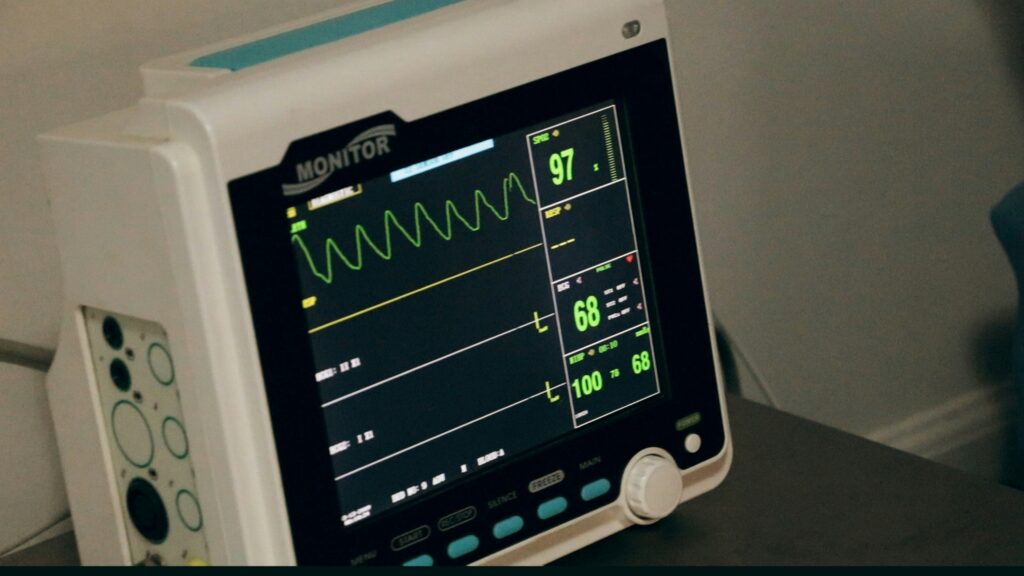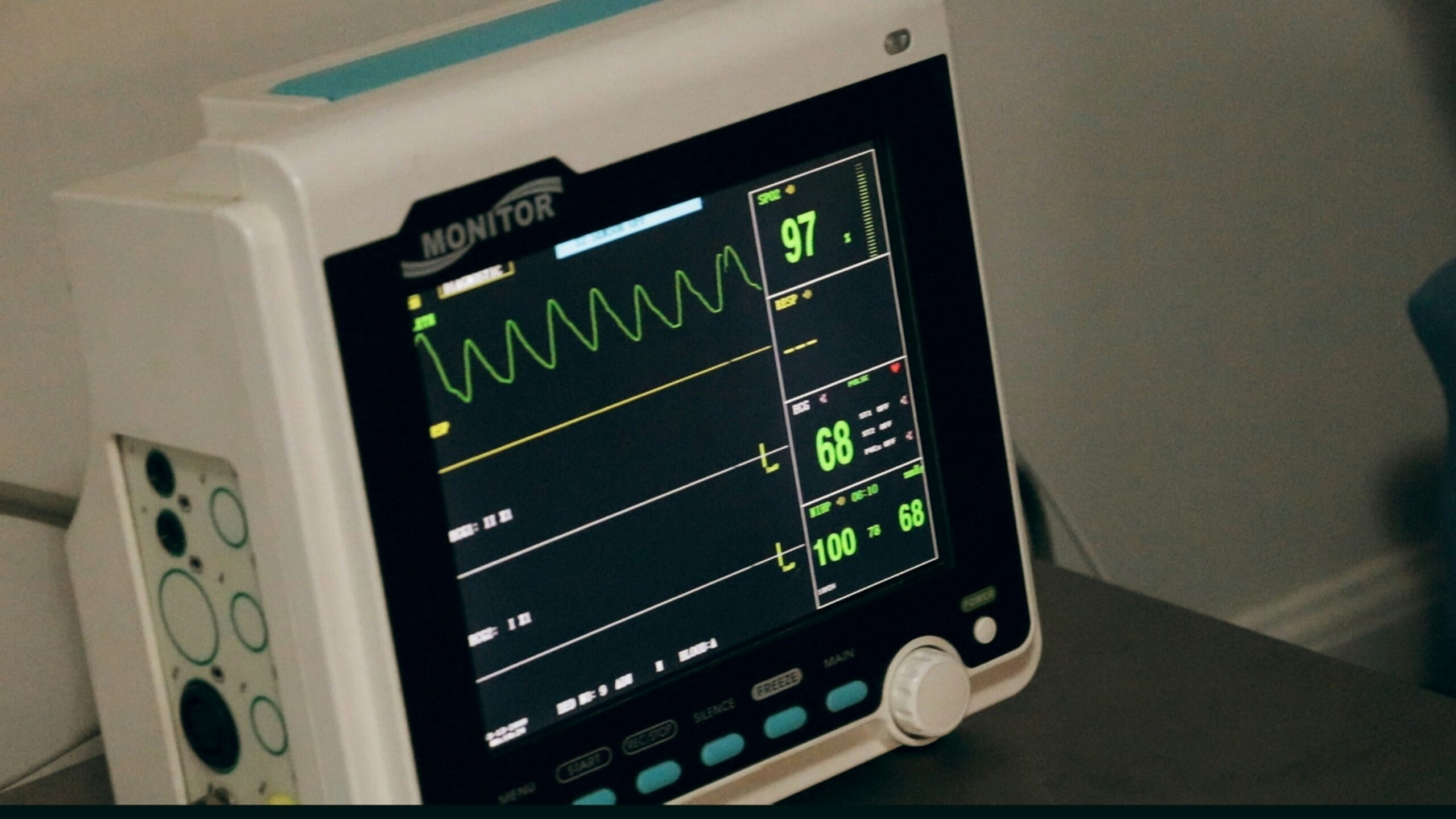In a survival situation, knowing how to effectively treat common injuries can make all the difference. Whether you find yourself in the wilderness or facing an unexpected disaster, being prepared to handle injuries like cuts, sprains, and burns can greatly increase your chances of survival. In this article, we will explore some practical tips and techniques that can help you minimize pain, prevent infection, and promote healing in the most challenging of circumstances. So, let’s dive into the world of survival first aid and make sure you’re armed with the knowledge to handle common injuries when it matters most.

Head Injuries
In a survival situation, head injuries can be quite common and should be taken seriously. One of the most common head injuries is a concussion, which occurs when the brain experiences a sudden jolt or impact. Symptoms of a concussion may include headaches, dizziness, confusion, and even loss of consciousness. If you suspect someone has a concussion, it is important to keep them awake and monitor their symptoms closely. Rest is crucial for recovery, so it is recommended to find a quiet and comfortable area for the injured person to rest.
Cuts and bruises on the head are also common in survival situations. These injuries can be caused by falls, collisions, or accidents. It is important to clean the wound with clean water and disinfectant if available. Applying pressure with a clean cloth or bandage can help stop any bleeding. If the wound is deep or won’t stop bleeding, it may be necessary to use stitches or medical adhesive to close the wound. It is important to monitor the injured person for signs of infection, such as redness, swelling, or pus.
Skull fractures are a serious head injury that can occur in a survival situation. A skull fracture is a break in one or more bones of the skull. These fractures can cause severe pain, swelling, and potentially damage the brain. If you suspect someone has a skull fracture, it is important to immobilize their head and neck to prevent further injury. Seek immediate medical attention if a skull fracture is suspected, as it requires prompt medical intervention.
Eye Injuries
Eye injuries can occur in a survival situation and may range from minor irritations to more serious conditions. One common eye injury is the presence of foreign objects in the eye, such as dust, dirt, or small projectiles. If a foreign object becomes lodged in the eye, it is important not to rub or touch the eye, as this can cause further damage. Instead, try to flush the eye with clean water or saline solution to remove the object. If the object cannot be easily removed or the pain persists, seek medical help.
Chemical burns to the eye can also occur in survival situations, particularly if there are hazardous substances nearby. If a chemical comes into contact with the eye, it is crucial to flush the eye immediately with clean water for at least 15 minutes. This will help dilute and remove the chemical from the eye. Seek medical attention as soon as possible, as some chemicals can cause serious damage if not treated promptly.
Eye abrasions, or corneal abrasions, can also happen in a survival situation. An eye abrasion occurs when the surface of the eye, specifically the clear tissue covering the front of the eye, is scratched or damaged. Symptoms may include pain, redness, and sensitivity to light. It is important to keep the eye clean and avoid rubbing it. Use lubricating eye drops or ointment if available to soothe the eye. Seek medical help if the symptoms worsen or don’t improve within a day or two.
Neck and Spine Injuries
Neck and spine injuries can be particularly dangerous in a survival situation, as they can affect mobility and potentially cause paralysis. One common neck injury is whiplash, which occurs when the neck is suddenly jerked forward and then backward. Symptoms of whiplash include neck pain, stiffness, and headaches. It is crucial to immobilize the neck by using a cervical collar or improvising with towels, clothing, or sturdy objects. Seek medical help to assess the severity of the injury and receive appropriate treatment.
Spinal fractures can also occur in survival situations, leading to potential damage to the spinal cord. If a spinal fracture is suspected, it is important to immobilize the injured person’s neck and back by keeping them in a stable position. Avoid moving the person unless absolutely necessary and seek immediate medical attention.
Neck sprains, or strains, can happen due to sudden movements or excessive force applied to the neck. Symptoms include pain, swelling, and difficulty moving the neck. Apply cold compresses to reduce swelling and take over-the-counter pain relievers if available. Rest is crucial for recovery, so avoid unnecessary movement and seek medical advice if the pain persists or worsens.
Chest Injuries
Chest injuries can range from minor to life-threatening in a survival situation. One common chest injury is a broken rib, which can occur due to a fall, blunt force, or severe coughing. Broken ribs can cause intense pain, especially with breathing or movement. It is important to immobilize the chest as much as possible and provide pain relief if available. In severe cases, a broken rib can puncture a lung, leading to more serious complications.
A punctured lung, or pneumothorax, occurs when air escapes from the lung and enters the space between the lung and chest wall. This can cause difficulty breathing, sharp chest pain, and even collapse of the lung. If a punctured lung is suspected, it is important to seek immediate medical attention. Meanwhile, try to create a seal over the chest wound with airtight materials, such as plastic wrap or a clean plastic bag. This can help prevent further air from entering the chest cavity.
A bruised sternum, or chest bone, can occur due to a direct blow to the chest. Symptoms include pain and tenderness over the sternum, as well as difficulty breathing deeply. Applying ice packs or cold compresses to the area can help reduce pain and swelling. Pain relief medication, if available, can also be used. Rest is key for recovery, so avoid strenuous activities that may exacerbate the pain.

Abdominal Injuries
Abdominal injuries can be serious and require immediate medical attention in a survival situation. Internal bleeding is a potentially life-threatening condition that can occur due to trauma to the abdomen. Symptoms may include severe pain, swelling, fainting, or changes in skin color. If internal bleeding is suspected, it is crucial to seek immediate medical treatment. While waiting for medical help, keep the injured person lying down and elevate their legs to improve blood flow to vital organs.
Organ damage can also occur in a survival situation, leading to significant health risks. If an organ is damaged, it may cause severe pain, tenderness, swelling, or even internal bleeding. Seek medical help as soon as possible if organ damage is suspected. Meanwhile, keep the injured person in a comfortable position and avoid applying pressure to the affected area. This will help minimize further damage.
Abdominal contusions, or bruises, can be painful but are generally less severe than internal bleeding or organ damage. They occur due to blunt force trauma to the abdomen. Applying ice packs or cold compresses can help reduce pain and swelling. Pain relief medication, if available, can also be used. Rest is important to allow the body to heal, so avoid unnecessary activities that may exacerbate the pain.
Fractures and Dislocations
Fractures and dislocations are common injuries in survival situations and can affect various parts of the body. Closed fractures occur when the bone breaks but remains inside the skin, while open fractures involve the bone protruding through the skin. If a closed fracture is suspected, it is important to immobilize the injured area by using splints or improvised materials like sticks and clothing. Seek medical help to assess the severity of the fracture and determine the appropriate treatment.
Open fractures are more serious and require immediate medical attention. It is crucial to control bleeding by applying pressure on the wound with a clean cloth or bandage. Do not attempt to push the bone back in or clean the wound extensively, as this can cause further damage or increase the risk of infection. Instead, cover the wound with a sterile bandage or clean cloth and seek professional medical assistance.
Dislocations occur when the bones of a joint are forced out of their normal positions. This can cause severe pain, swelling, and immobilization of the affected joint. If a dislocation is suspected, it is important to immobilize the joint and provide support using slings, splints, or improvised materials. Avoid attempting to relocate the joint yourself, as this should be done by a medical professional. Seek immediate medical attention to ensure proper treatment and minimize potential long-term complications.

Joint and Ligament Injuries
Joint and ligament injuries can be painful and limit mobility in a survival situation. Sprained ankles are a common joint injury that can result from twisting or turning the ankle in an unnatural way. Symptoms include pain, swelling, bruising, and difficulty walking. To treat a sprained ankle, it is crucial to rest the injured joint, apply ice packs or cold compresses to reduce swelling, and elevate the foot if possible. Compression with a bandage or improvised wrap can also provide support and reduce swelling.
Torn ligaments can occur due to a sudden force or excessive stretching of the ligaments surrounding a joint. This can cause severe pain, swelling, and instability of the joint. Treatment for torn ligaments typically involves rest, ice packs or cold compresses, compression with a bandage or improvised wrap, and elevation of the affected limb. Seek medical help to assess the extent of the injury and determine if further treatment, such as physical therapy or surgery, is necessary.
Dislocated joints occur when the bones of a joint are forced out of their normal positions, similar to dislocations mentioned earlier. Treatment for dislocated joints involves immobilizing the joint, providing support using slings, splints, or improvised materials, and seeking immediate medical attention. Do not attempt to relocate the joint yourself, as this should be done by a medical professional to prevent further damage or complications.
Burn and Scald Injuries
Burn and scald injuries can occur in a survival situation, especially if there is open flame or hot liquids present. First-degree burns are superficial burns that only affect the top layer of the skin. They typically cause redness, pain, and mild swelling. To treat a first-degree burn, run cool water over the affected area for several minutes. Apply a sterile non-stick dressing if available and take over-the-counter pain relievers to manage discomfort. Avoid applying ice directly to the burn, as it can further damage the skin.
Second-degree burns are deeper burns that affect the top two layers of the skin. They can cause pain, blistering, swelling, and potentially leave scars. To treat a second-degree burn, cool the burned area with cool water for at least 10-20 minutes. Avoid popping any blisters that may have formed. Apply a sterile non-stick dressing if available and take pain relief medication if necessary. Seek medical help for second-degree burns, as they may require further medical attention and wound care.
Third-degree burns are the most severe type of burn and can affect all layers of the skin. They often cause charring, white or blackened skin, and may appear waxy or leathery. Third-degree burns are a medical emergency, and immediate medical attention is crucial. While waiting for help, cover the burn with a sterile non-stick dressing or clean cloth. Do not apply any creams, ointments, or home remedies to the burn, as this can interfere with medical treatment.
Heat and Cold Injuries
In a survival situation, heat and cold injuries can occur if proper precautions are not taken. Hypothermia is a potentially life-threatening condition that occurs when the body loses heat faster than it can produce it, resulting in a dangerously low body temperature. Symptoms of hypothermia include shivering, confusion, drowsiness, and in severe cases, loss of consciousness. If someone is experiencing hypothermia, it is crucial to move them to a warm and sheltered area. Remove wet clothing and cover them with warm blankets or extra clothing layers to help raise their body temperature. Seek immediate medical attention for severe cases of hypothermia.
Frostbite occurs when the skin and underlying tissues freeze due to extreme cold. It usually affects the hands, feet, nose, and ears. Symptoms include numbness, pale or discolored skin, and a waxy appearance. If someone has frostbite, it is important to move them to a warm area and gradually rewarm the affected body parts by immersing them in warm water. Avoid using hot water or direct heat sources, as this can cause further damage. Seek medical help for severe cases of frostbite, as it may require specialized treatment and care.
Heat exhaustion can occur when the body overheats and becomes dehydrated, usually due to prolonged exposure to high temperatures. Symptoms include heavy sweating, weakness, dizziness, nausea, and headache. If someone is experiencing heat exhaustion, it is crucial to move them to a cool and shaded area. Remove excessive clothing and apply cool, wet cloths or take a cool bath to help lower their body temperature. Encourage them to drink water or electrolyte-rich fluids if available. Seek medical help if symptoms worsen or are not relieved after taking these measures.
Wounds and Lacerations
Wounds and lacerations can occur in a survival situation and may require immediate attention to prevent infection or further complications. Deep cuts can be caused by sharp objects or tools, and they may result in significant bleeding. It is important to apply direct pressure on the wound with a clean cloth or bandage to stop the bleeding. If possible, clean the wound with clean water or saline solution to remove any debris. If the bleeding doesn’t stop or the wound is deep and may require stitches, seek medical assistance.
Puncture wounds occur when a sharp object pierces the skin, creating a small but deep wound. Puncture wounds can be prone to infection, so it is crucial to clean the wound thoroughly with clean water or saline solution. Apply an antiseptic if available and cover the wound with a sterile non-stick dressing or clean cloth. Monitor the wound for signs of infection, such as increased redness, swelling, or pus, and seek medical help if necessary.
Avulsions are wounds characterized by the tearing away of skin and underlying tissues, leaving a flap-like injury. If an avulsion occurs, it is important to clean the wound gently with clean water or saline solution, being careful not to remove any loose skin or tissue. Apply an antiseptic if available and cover the wound with a sterile non-stick dressing or clean cloth. Seek medical help for larger or deeper avulsions, as they may require professional wound care and possible surgical intervention.
In a survival situation, it is important to have basic knowledge and skills to treat common injuries. Remember to prioritize safety, assess the severity of the injury, and seek appropriate medical attention whenever possible. Being prepared and having access to basic first aid supplies can greatly increase your chances of managing injuries effectively in a survival situation.

